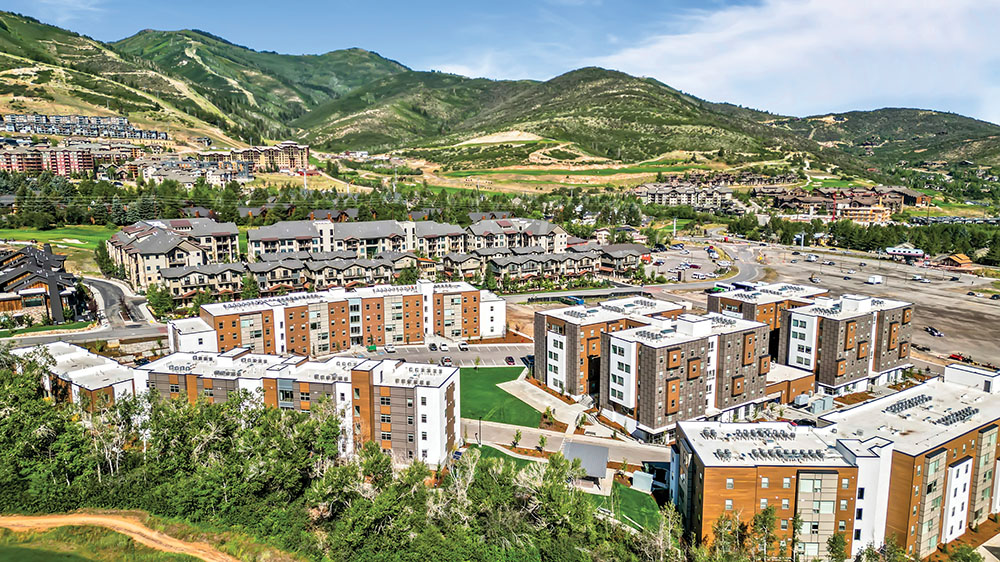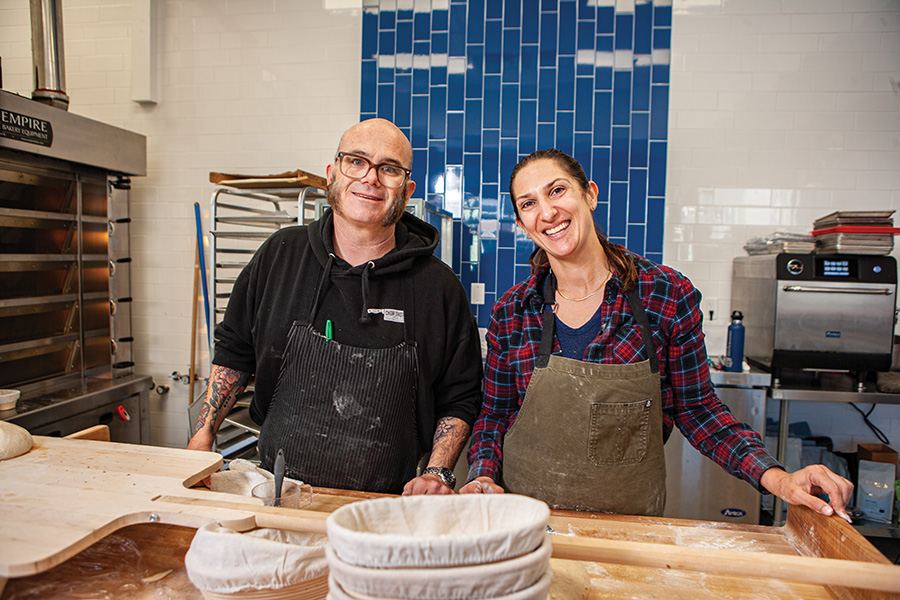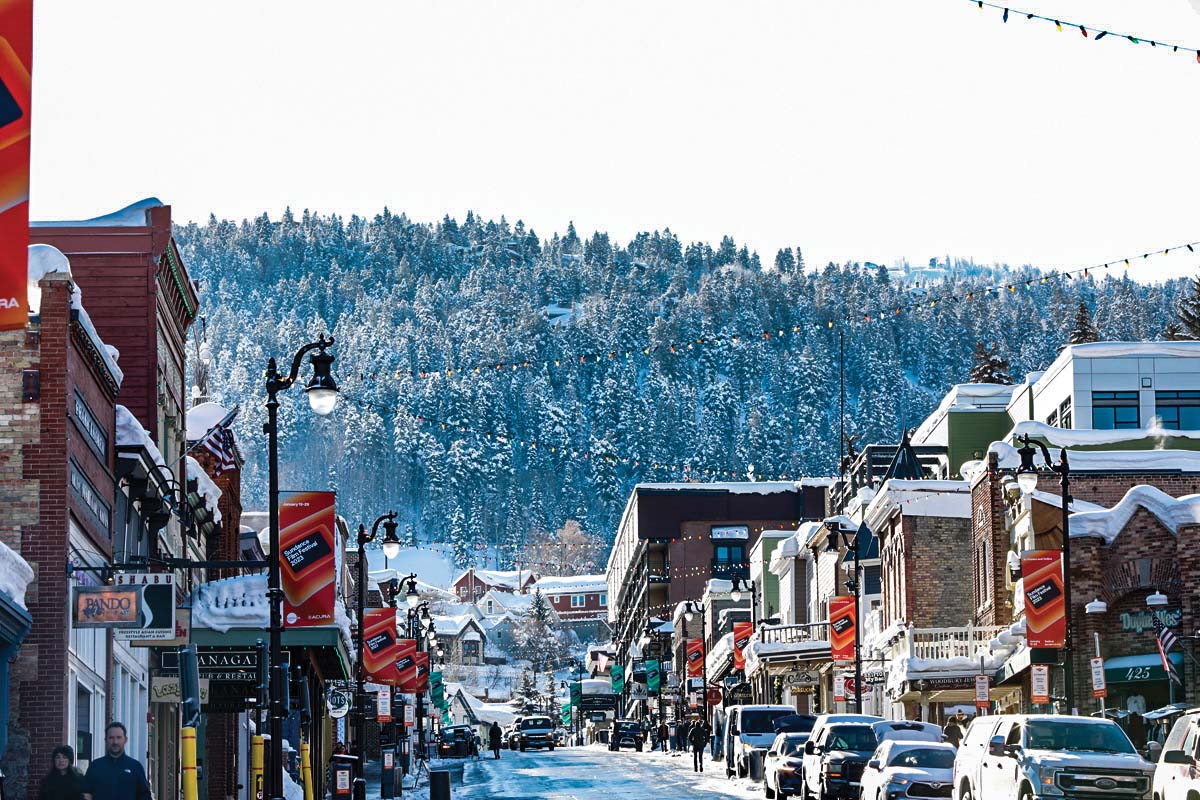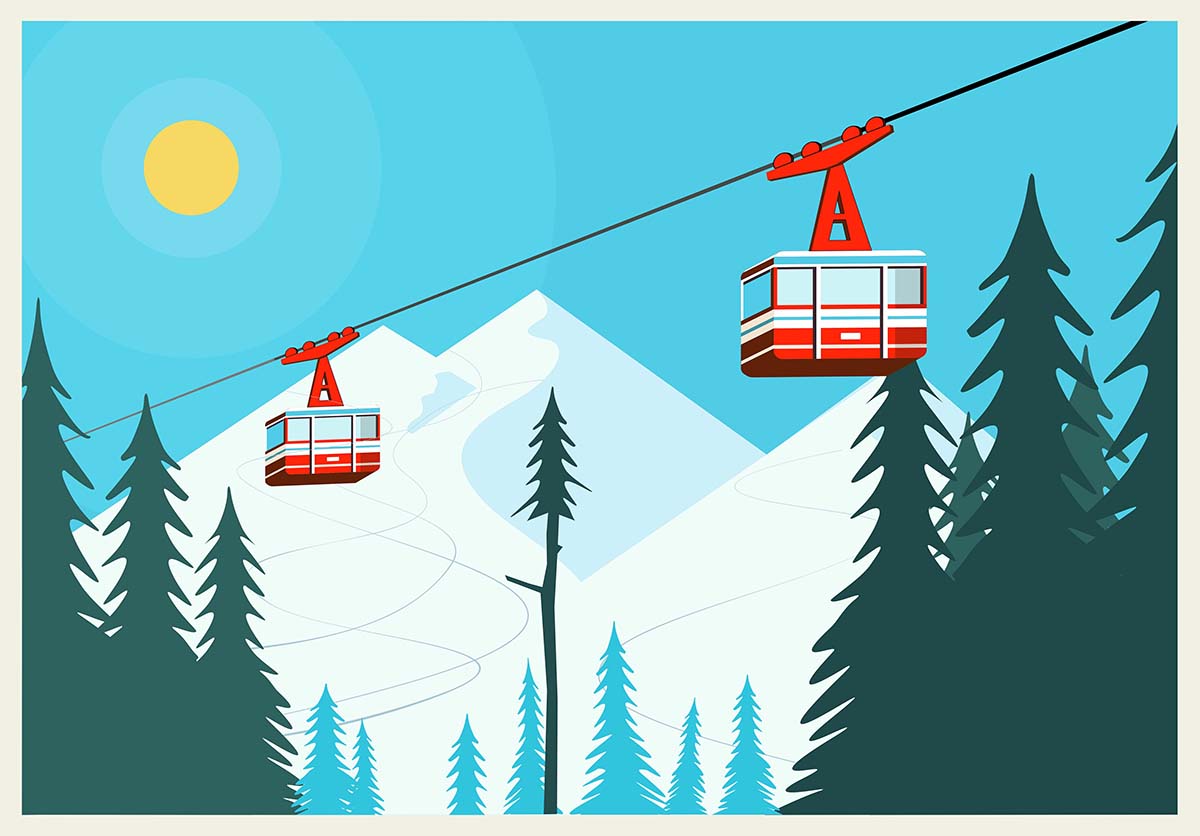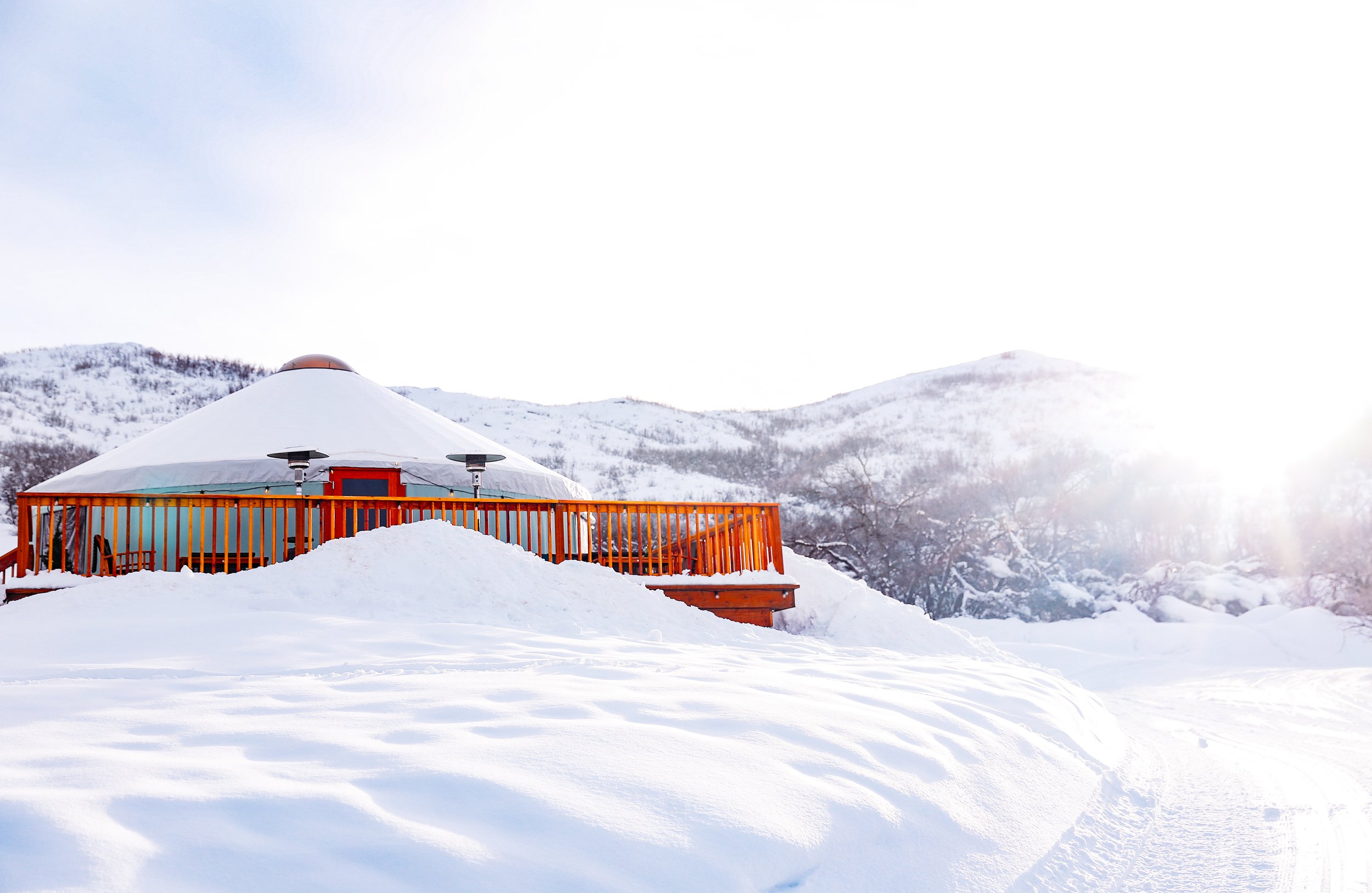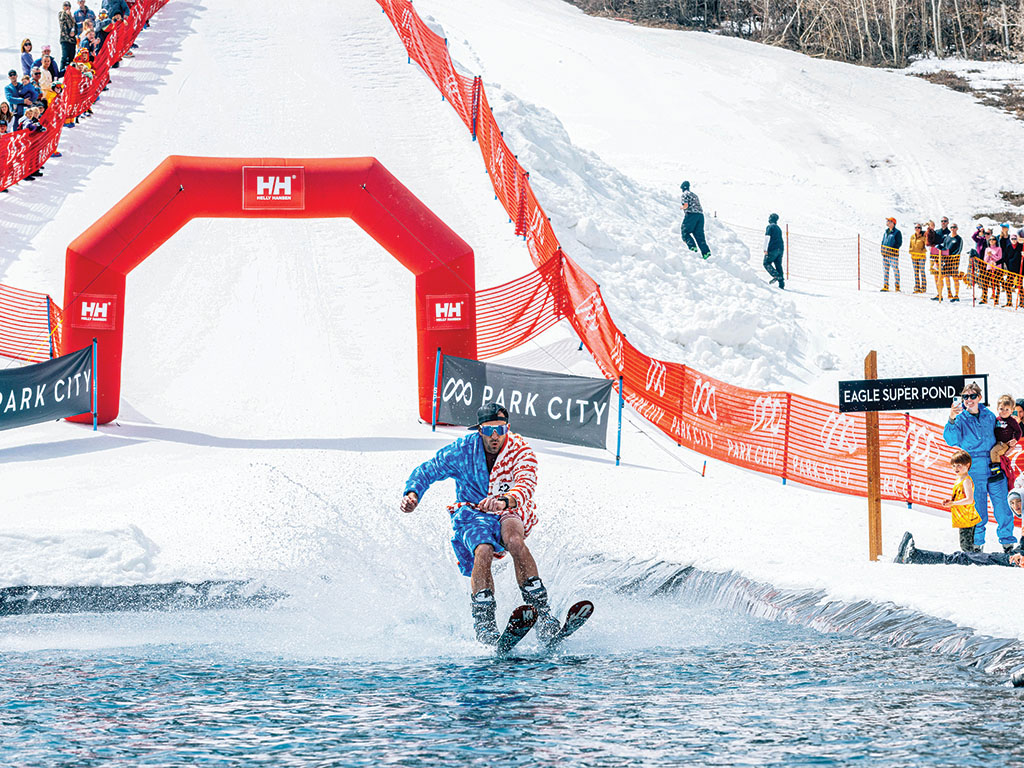
It’s the most wonderful time of the year! No, it is. The holiday period can’t hold a candle to this.…
Read More
Tony Gill is the outdoor and Park City editor for Salt Lake Magazine and previously toiled as editor-in-chief of Telemark Skier Magazine. Most of his time ignoring emails is spent aboard an under-geared single-speed on the trails above his home.
